Arctic Council’s PAME Published Report on Shipping Traffic
The Arctic Council published key topics of the new report prepared by the Arctic Council’s Protection of the Arctic Marine Environment (PAME) Working Group. Researchers register an increase in shipping traffic in the Arctic. The Arctic Council is an international organization that aims to promote cooperation in environmental protection and ensure sustainable development of polar regions. In 2021–2023, the Russian Federation will preside in the Council.
Ship traffic is increasing in the Arctic. The exploration and extraction of resources and increasing marine tourism combined with changing environmental, societal and economic patterns is leading to more shipping activity in the region and have brought a complex set of users to the maritime Arctic.
Changes to the marine environment itself including sea ice thinning and reduction has significant implications for longer seasons of navigation and new access to previously difficult to reach coastal regions. To fill a critical knowledge gap in shipping trends in the Arctic, the Arctic Council’s Protection of the Arctic Marine Environment Working Group released its first Arctic Shipping Status Report using its newly established shipping database.
Filling the Arctic ship data knowledge gap
In response to a growing need for accurate, reliable and up-to-date information on Arctic shipping activities, the Arctic Council’s Protection of the Arctic Marine Environment (PAME) Working Group developed the Arctic Ship Traffic Data (ASTD) project. PAME uses data from the ASTD System to conduct analyses and reports related to Arctic shipping.
PAME’s first Arctic Shipping Status Report was developed from ASTD data to illustrate interesting topics and emerging trends related to Arctic shipping. The first report provides information on general Arctic shipping trends between 2013 and 2019.
Major findings in the first Arctic Shipping Status Report
There is not one simple definition of the Arctic. Therefore, for the purpose of the first Arctic Shipping Status Report, the Arctic is referred to as the area definied by the Polar Code.
Notably, during the six year period between 2013 and 2019, the number of ships entering the Arctic Polar Code area grew by 25 percent. The total distance sailed by ships in this area grew by 75 percent, from 6.51 million nautical miles in 2013 to 9.5 million nautical miles in 2019.
The majority (41 percent) of ships entering the Polar Code Area are fishing vessels. Some of the other most common ships to navigate the region include icebreakers and research vessels. In line with the increase in Arctic marine tourism, 73 cruise ships sailed in the Arctic Polar Code area in 2019.
The distance sailed by bulk carriers in the Arctic Polar Code area has risen 160 percent between 2013 and 2019.
The use of Arctic shipping data today and beyond
Following the release of its first report, PAME will continue to monitor trends through its ASTD and will issue similar reports on a regular basis to facilitate awareness of and to share information about Arctic shipping activities. Over time, this data can help support the development of recommendations to enhance Arctic marine safety and support the protection of people and the environment.
To view the Arctic Shipping Status Report, in an interactive story map or pdf form, click here.
Preserving marine biodiversity in the Arctic Region and environmental protection are the key issues to be discussed in the Business Programme of the ‘Arctic: Territory of Dialogue’ International Arctic Forum. The Forum’s agenda will include such topics of the Arctic development as innovative activity, economics of growth, environmental management, and sustainable development. The Forum will be organized by the Roscongress Foundation. For more information, go to the official website of the Forum.

